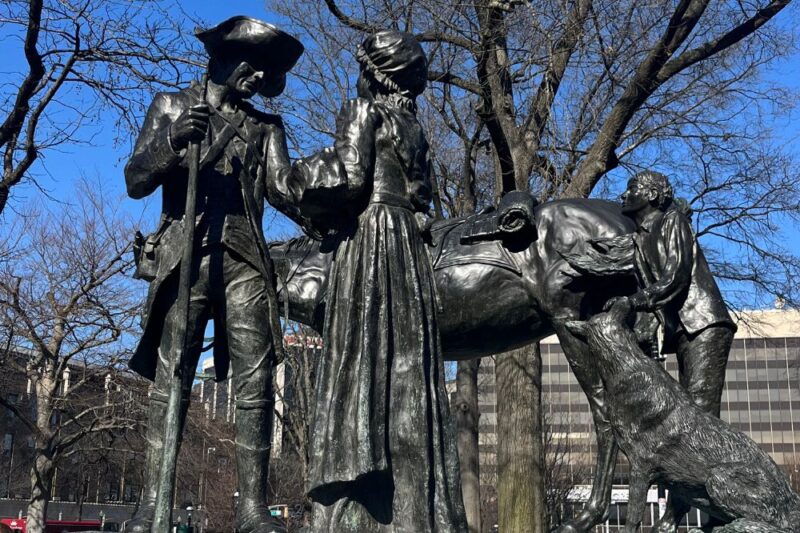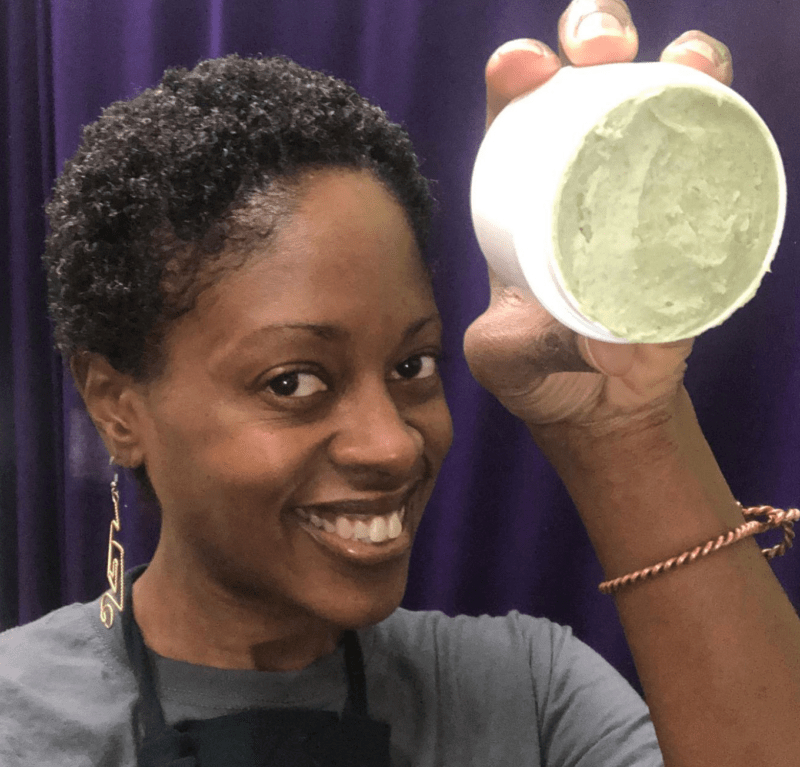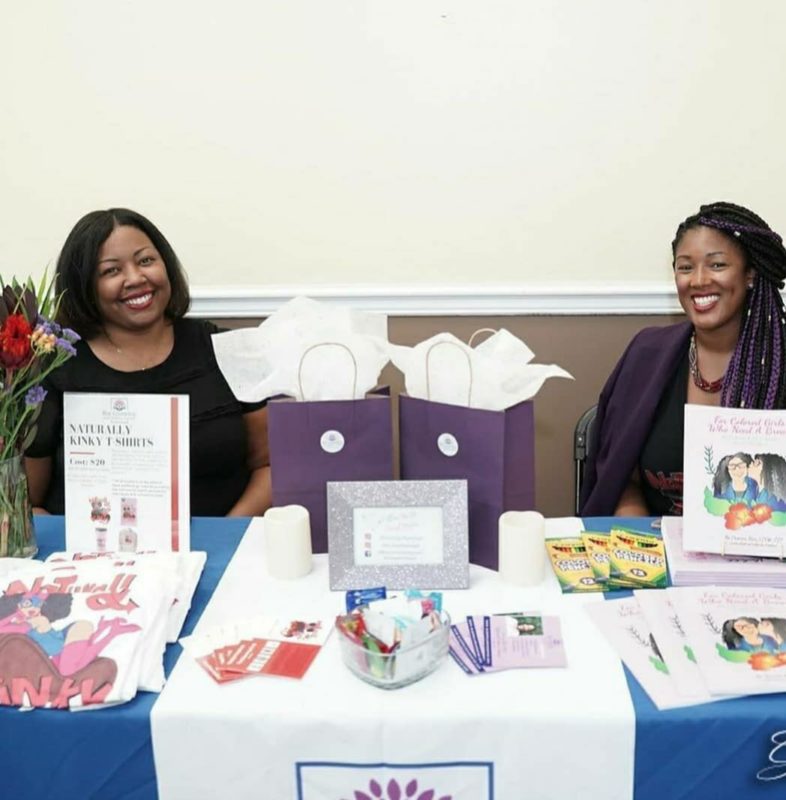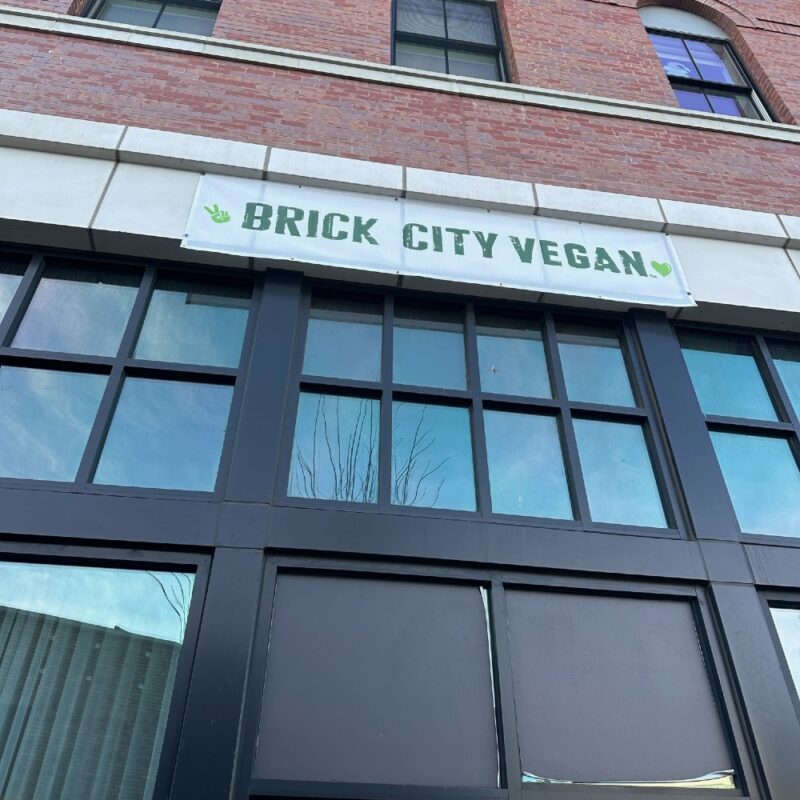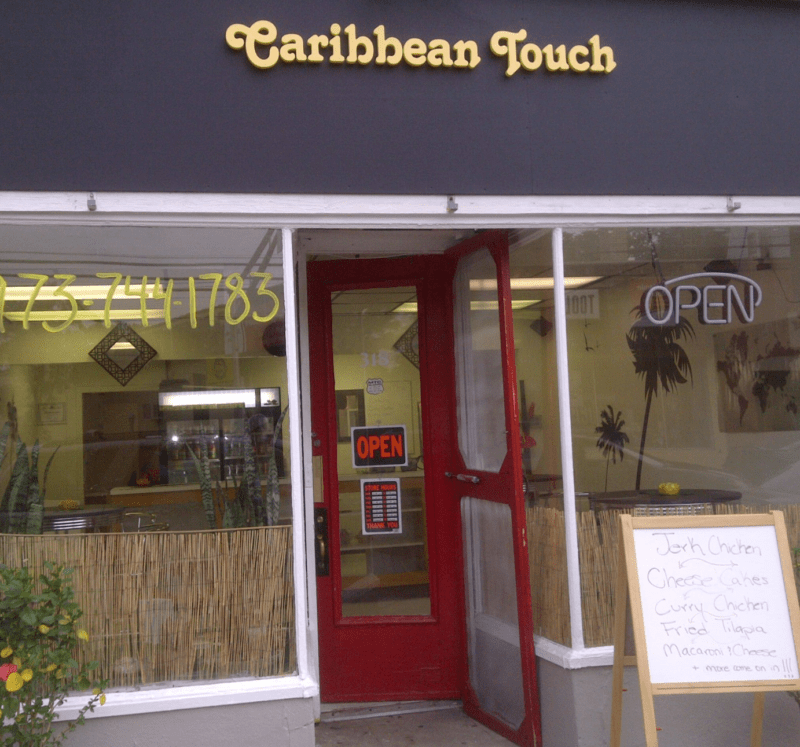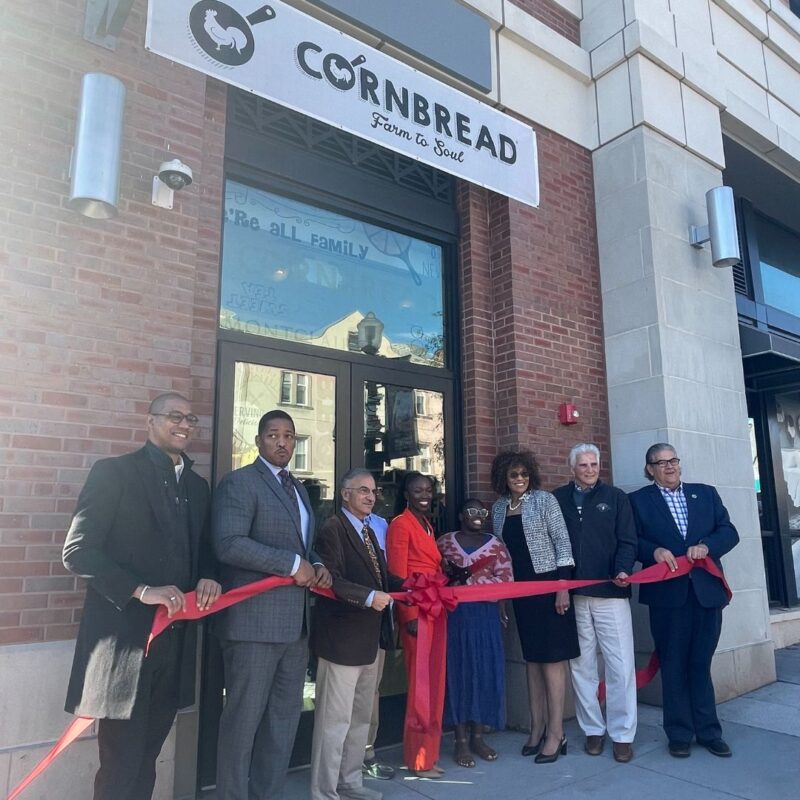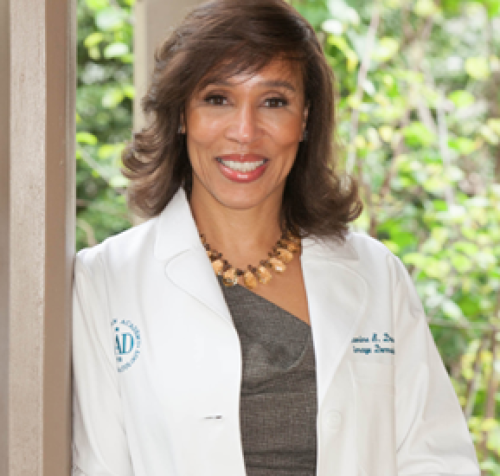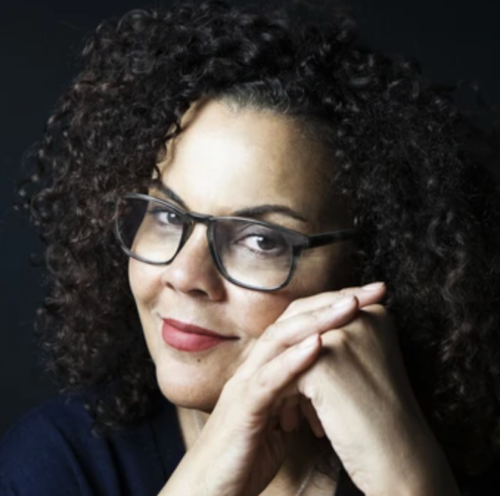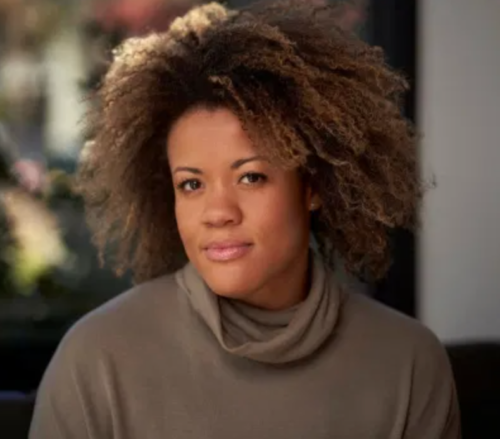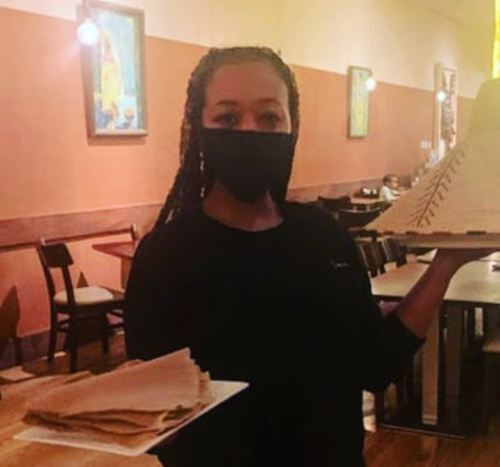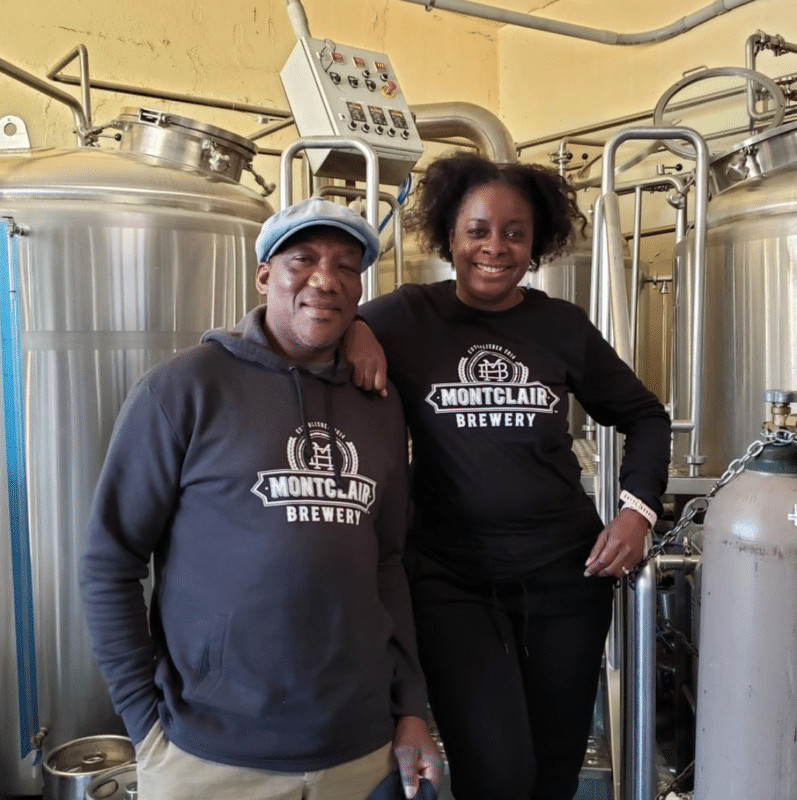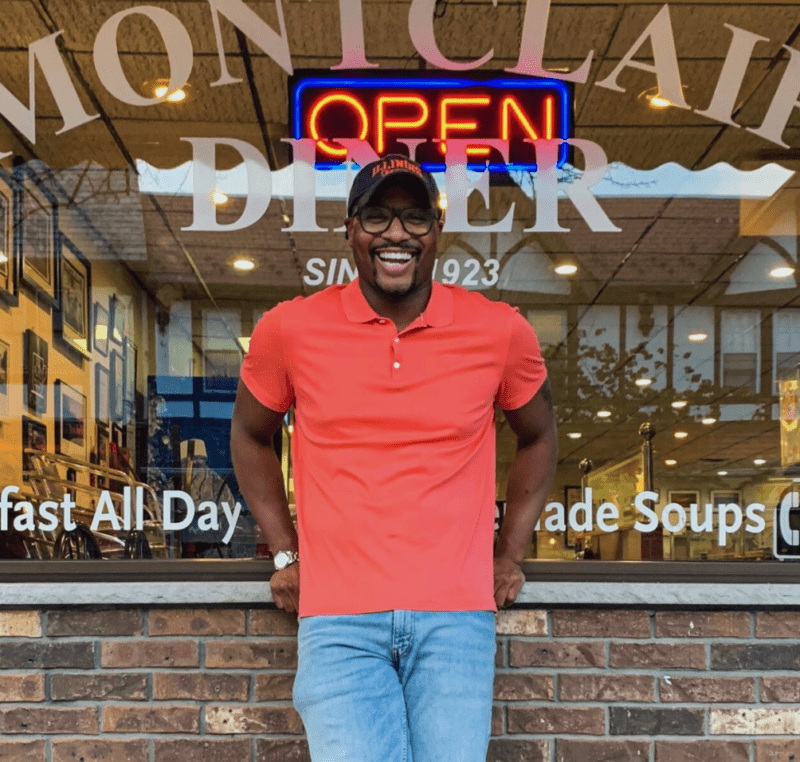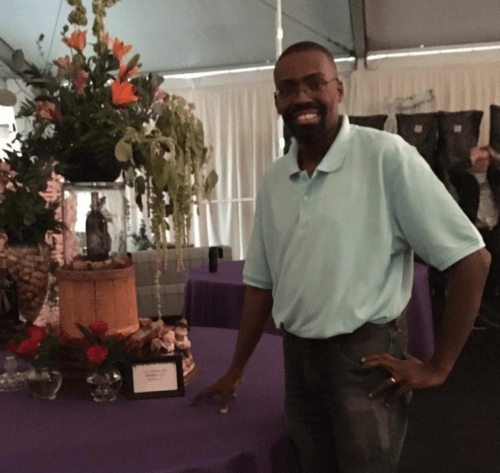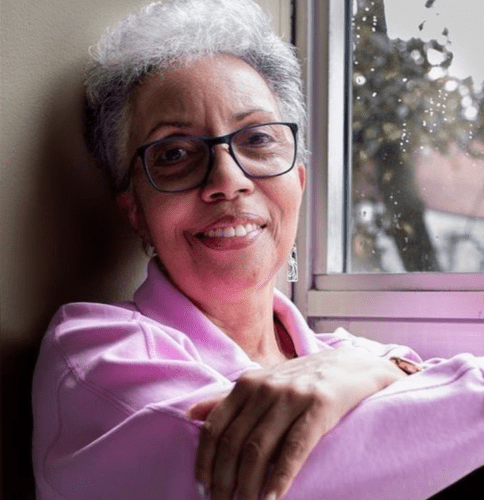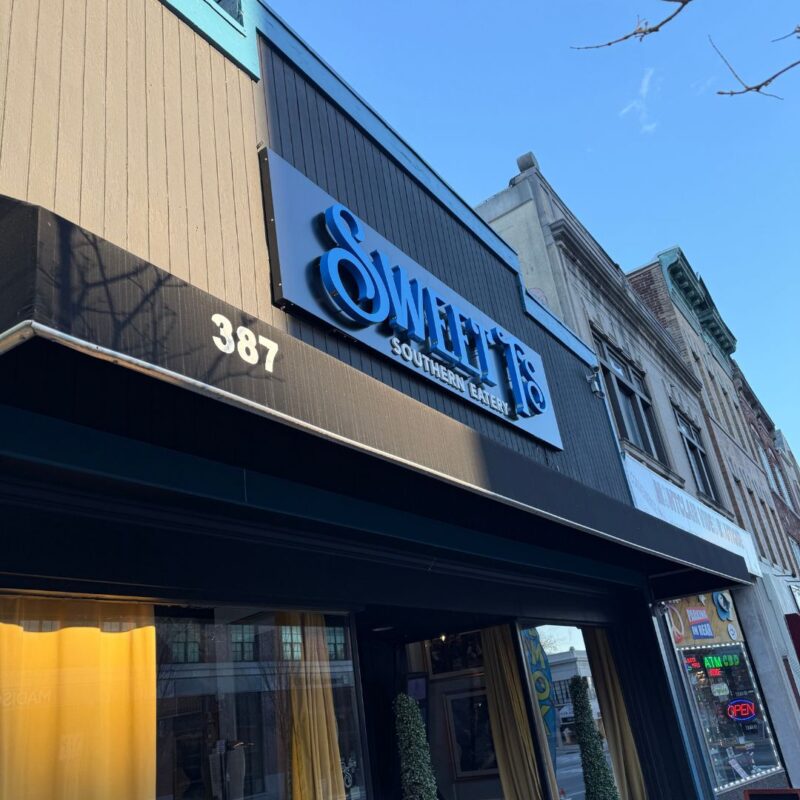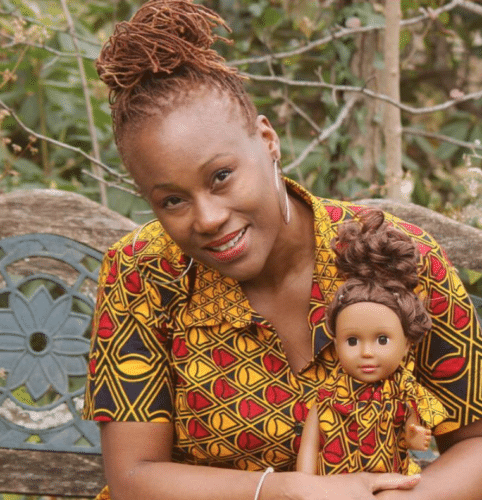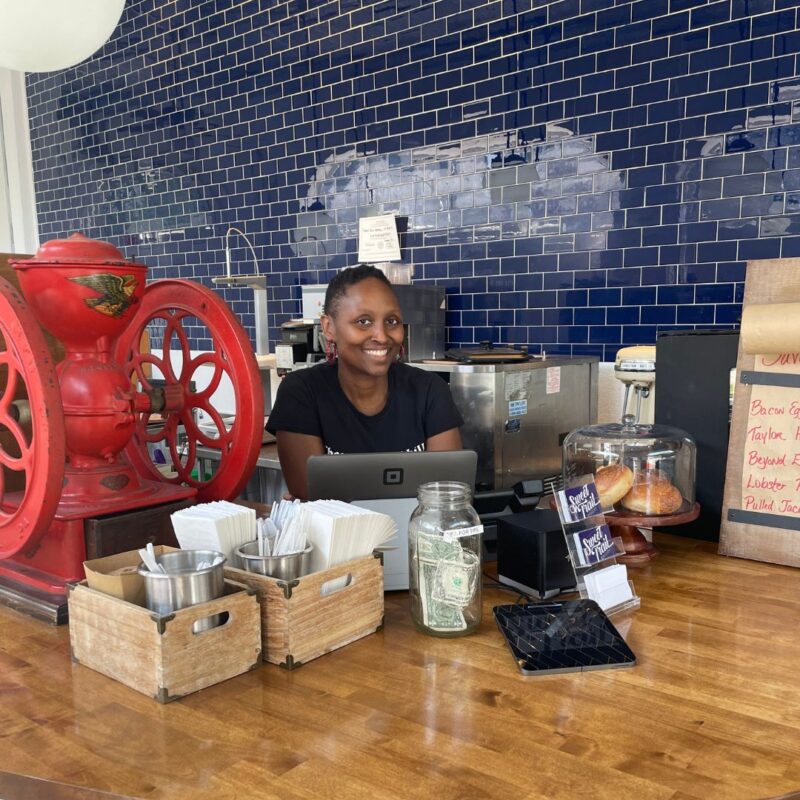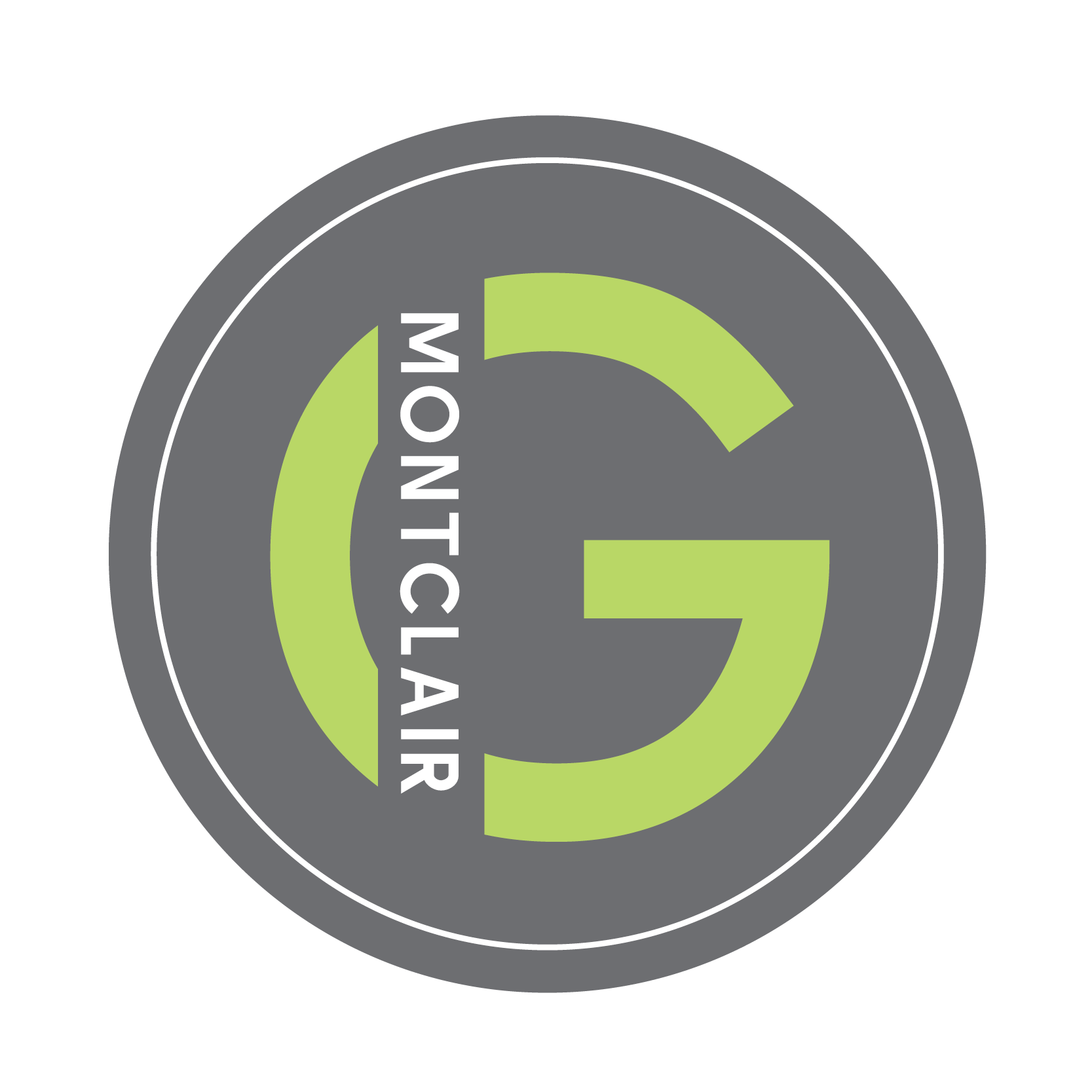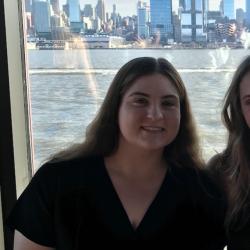As Independence Day approaches, those in North Jersey will celebrate with fireworks, cookouts, and beach trips, but those interested in history-centered activities do not need to look further than their home state. America’s 249th anniversary is on the horizon, and there is no better way to mark the year than exploring historical landmarks. Now through July 5th, visitors can explore some of North Jersey’s Revolutionary-era sites where people lived, fought, died, and stayed. From cemeteries with Black veterans to preserved colonial homes and important meeting points, these sites provide a powerful glimpse into the people and places that shaped America’s earliest days in the Garden State. Read on for a guide to 14 places related to the American Revolution in North Jersey.
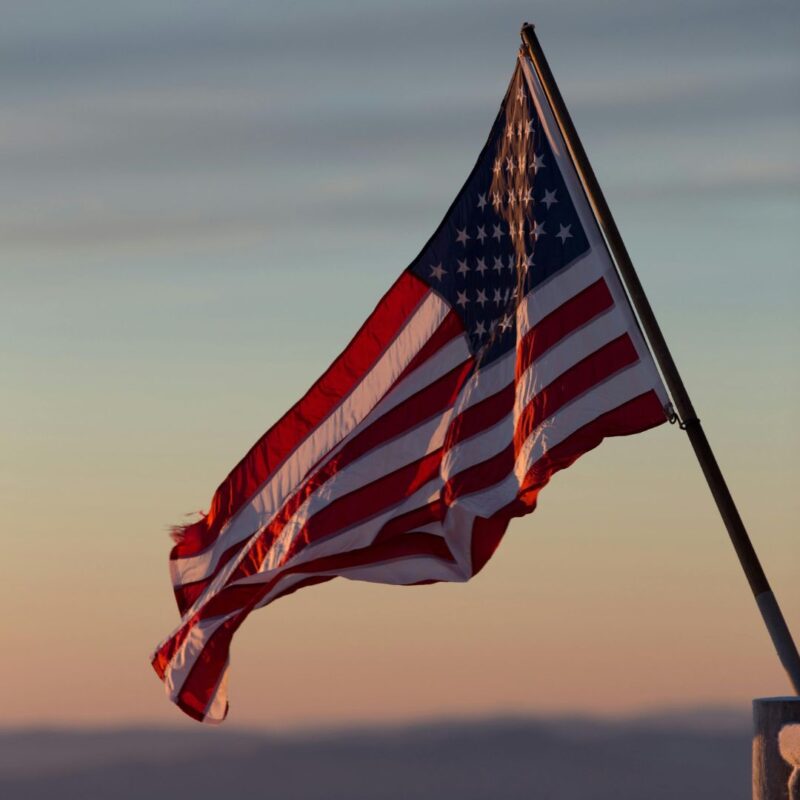
Abraham Clark House | 101 West Ninth Avenue, Roselle
In total, New Jersey had five signers of the Declaration of Independence, and Abraham Clark was one of them. His home was rebuilt in 1941 as a replica of his colonial-era home that was destroyed in 1900 by a fire. After the war, Abraham served in the United States House of Representatives from 1791 to 1794. He is buried at the Rahway Cemetery, along with his wife Sarah and three of their sons who fought in the war. Roselle’s Abraham Clark High School, which is located several blocks from here, is named in his honor. Nearby Clark Township is also named after him.
Read More: A Trip to New Jersey’s 2nd Largest Museum: Morris Museum
Black Horse Tavern + Pub | 1 West Main Street, Mendham
Before the Garden State was stocked with diners and pizzerias, the citizens of Colonial New Jersey found themselves at taverns enjoying ale and locally sourced dishes. The oldest continuously serving restaurant in the Garden State is Morris County’s Black Horse Tavern + Pub. It was first a home to Ebenezer Byram whose family settled Byram Township in Sussex County, and it was then sold in 1742 to serve as an inn. Today’s menu features a mix of classic American dishes from the Colonial era to today. For something more traditional, MG suggests ordering the Pot Pie, Brined-Roasted Chicken, BH Standard, or Short Stack Buttermilk Pancakes. The pub is open daily with brunch served on the weekends.
Bloomfield Steak + Seafood House | 409 Franklin Street, Bloomfield
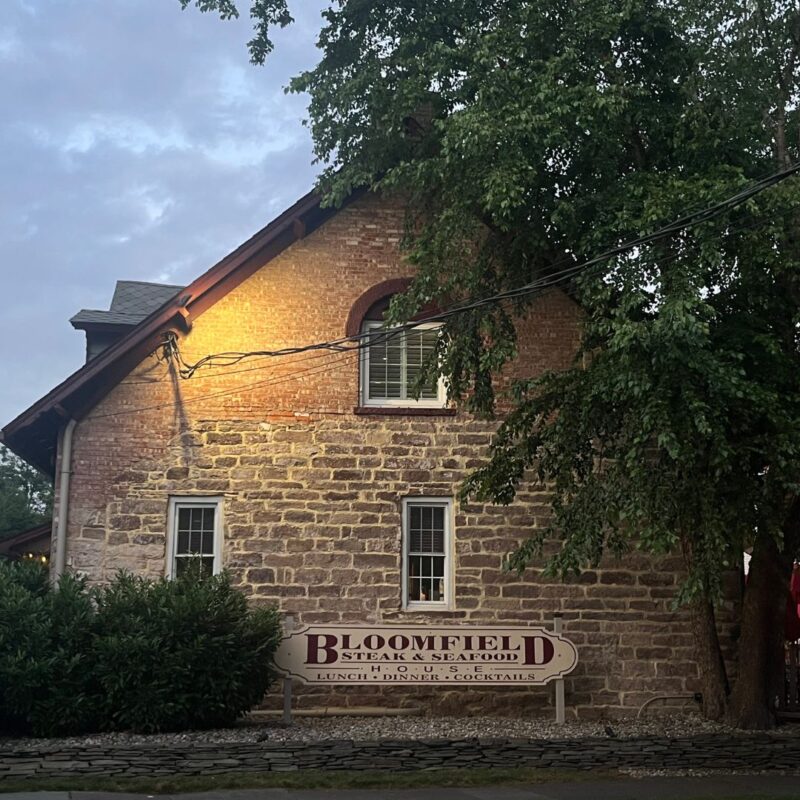
The Bloomfield Steak and Seafood House is located in a colonial-era home. It was built in 1676 by Thomas Davis and remained in the Davis family until 1903. The building has been a private residence, a farmhouse, a hospital, a church, and is now a restaurant. Both George Washington and Henry Knox visited and dined in the home on their way to Morristown. What they ate here is uncertain, but was likely something from the Davis farm. In the 1970s, the structure operated as Proud Mary’s Restaurant and Lounge, and by 1991 the Bloomfield Steak + Seafood House took over. MG suggests checking this spot out for dinner around Independence Day. The menu features a variety of meat and seafood dishes as well as pasta, salad, and soups.
Caldwell Parsonage | 909 Caldwell Avenue, Union Township
During the American Revolution, Presbyterian minister James Caldwelland his family lived at this home. On June 7th, 1780, during the Battles of Springfield and Connecticut Farms, his wiffe Hannah and two of her young children were inside the home. It is believed that a British soldier passed by and fired two shots through the window, killing Hannah and sparing her children. A little over a year later, James died, and their nine orphaned children were raised by family and friends. Their son, Elias B. Caldwell served as Supreme Court Clerk for 25 years, from 1800-1825. The British burnt down the church and the home in which Hannah died. The home was rebuilt two years later on its original foundation and today, it is the headquarters for the Union Township Historical Society. Private tours of the site are available for individuals, families, or groups. The organization requests that visitors call 908-591-4377 and leave a message, including a phone number.
Dixon Homestead Library | 180 Washington Avenue, Dumont
Dumont’s public library is a testament to local history, historic preservation, and community-based philanthropy. New Jersey is home to several Carnegie libraries — which are libraries built with money donated by Scottish-American businessman and philanthropist Andrew Carnegie — but not many are located in colonial-era buildings. During the Revolutionary War, Derick Banta served as a private in Bergen County Militia. He lived in Schraalenburgh, now Dumont, and grew up at what is now 180 Washington Avenue. In 1778, Loyalists burned his home and barn, which he was forced to rebuild between 1780 and 1790. In 1792, Derrick’s wife, Elizabeth, sold the home to Jacob Quackenbush, and it stayed in his family until 1862, when it was sold to Isaac Dixon. Isaac’s son Robert was Dumont’s fourth mayor, and his daughter Sarah Ann left the home to the Dumont community. Thus, since 1926, this historic spot has been used as the Dixon Homestead Library, the community’s public library.
Fort Lee Historic Park
Visitors can celebrate the 4th of July at the Soldiers’ Hut with musket demonstrations and a cannon firing at 2PM. This event is free with light refreshments served and metered parking. The park also has vantage points of New York City and the George Washington Bridge, which can be seen while driving on Henry Hudson Drive or from the northern overlook at Fort Lee Historic Park.
Fort Lee was a Revolutionary War-era fort. General George Washington provided General Hugh Mercer with orders to summon troops and erect a fort on the western side of the Hudson River. Originally called Fort Constitution, it was renamed Fort Lee for Charles Lee, a British-born American officer and general of the Continental Army. On November 19th, 1776, the Battle of Fort Lee marked the successful invasion of New Jersey by British and Hessian forces. MG suggests exploring not just the Revolutionary War-era fort, but the entire park, which is part of the Palisades Interstate Park. Think of how this vantage point served people during the war as you take in the George Washington Bridge and the tall skyscrapers of Manhattan.
Grave of Caesar | 333 Park Avenue, Scotch Plains
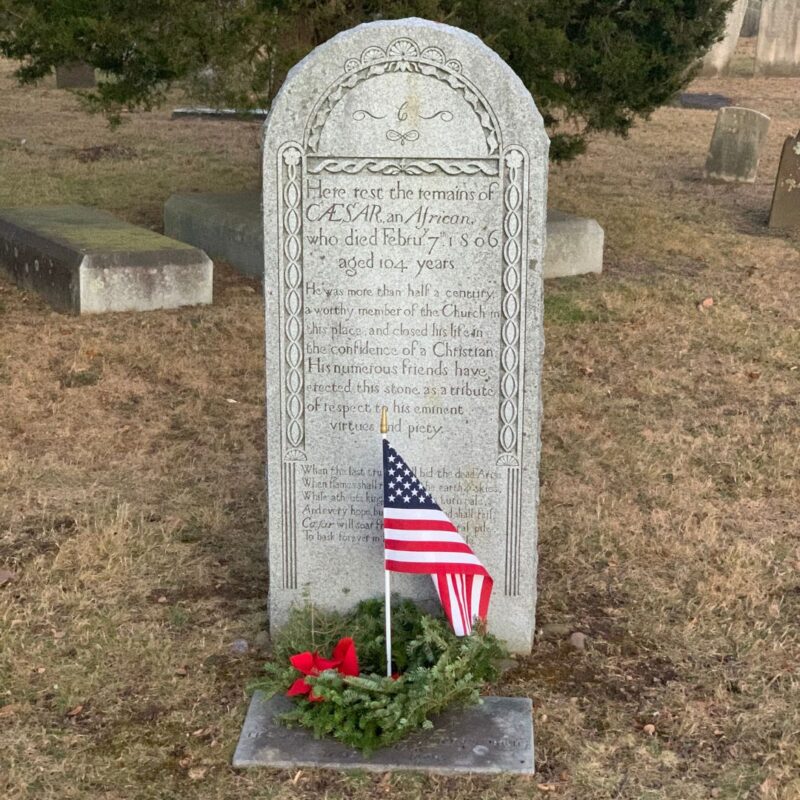
Caesar was born in 1702 in what is now Guinea. He was captured in Africa, brought to North America, and sold to and enslaved by a local farmer named Isaac Drake. In 1747, Caesar became a member of the Scotch Plains Baptist Church, and in 1769, he was freed, becoming Plainfield’s first recorded Black resident. During the Revolutionary War, he drove a wagon and carried supplies to troops at the Blue Hills Fort and Camp. He died in 1806, at 104 years of age. Several decades ago, much of the top of his original headstone broke off. In 2011, a new headstone, with the style and wording of the original, was erected.
Grave of Jacob Francis | 170 Main Street, Flemington
Jacob Francis was a free Black man born in Amwell Township and who fought in the American Revolution. Bound out as an indentured servant from childhood until age 21, he lived in New Jersey, New York, the West Indies, and Salem, Massachusetts. After completing his indenture time, he enlisted in the Continental Army in October 1775 at a time when General George Washington was trying to prevent Black men from enlisting. After his Continental service, he served in the Third Hunterdon County Regiment of the New Jersey militia. In 1789, he married an enslaved woman named Mary and purchased her, setting her free. Together, they raised nine children and became well-respected members of the Flemington Baptist Church. Their son Abner Hunt Francis was an abolitionist, entrepreneur, founding member of an anti-slavery institution, and the first black person elected to the city council of Victoria, BC, Canada in 1865.
The Hermitage | 335 North Franklin Turnpike, Ho-Ho-Kus
The Hermitage is a staple in both the Ho-Ho-Kus community and its history. Although built around 1760, this spot looks very different from its original edifice. During the Revolutionary War, it was the home of British officer Lieutenant Colonel James Marcus Prevost and his wife, Theodosia. Theodosia was friendly to American soldiers, and in July 1778, extended an invitation to George Washington to use her home as a headquarters. James died in 1781 and Theodosia remarried the following year to Aaron Burr. Aaron Burr later went on to serve as the third US Vice President who later fatally (and famously) wounded Alexander Hamilton at a duel in Weehawken.
Morristown Green | 10 North Park Place, Morristown
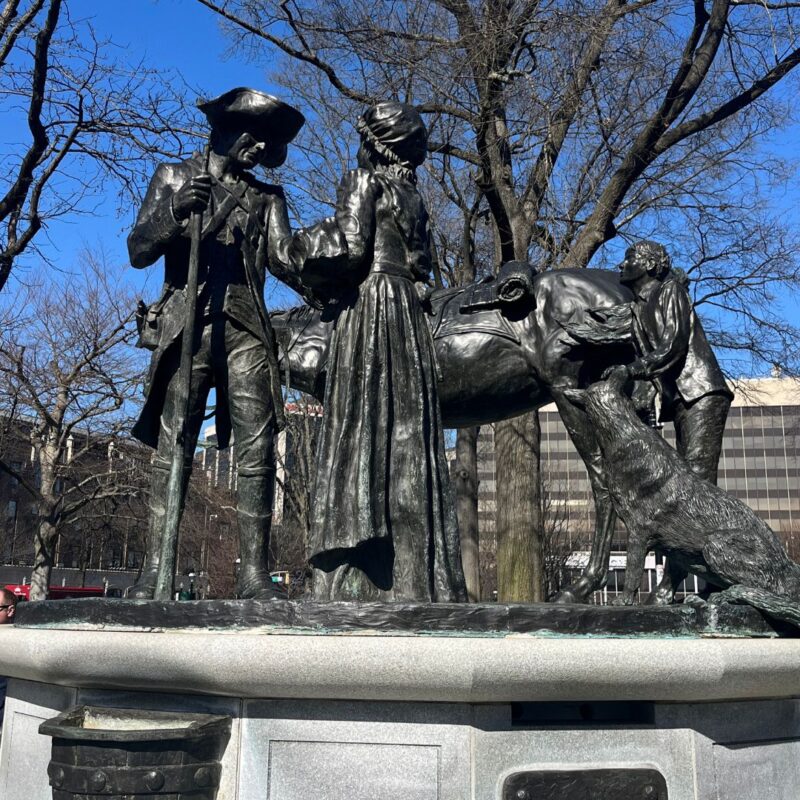
The Morristown Green is a historical park located in the center of Morristown. The Green is two and a half acres and covered with benches, statues, and trees. Over the last 300 years, it has functioned as a military base, military training ground, and even as an area for public executions. The Green is also surrounded by important sites like the Presbyterian Church Cemetery and the former site of Arnold’s Tavern. The cemetery is the final resting place of at least 150 American Revolution soldiers, many of whom died from smallpox in 1777. Arnold’s Tavern was built around 1740. During the war, it served as a headquarters for General George Washington and was the site of traitor Benedict Arnold’s first trial in 1780.
Old Burying Ground at Caldwell Presbyterian Church | 326 Bloomfield Avenue, Caldwell
From 1788 to 1891, the Old Bury Ground at the First Presbyterian Church at Caldwell laid to rest local citizens and soldiers of the American Revolution, the War of 1812, and the Civil War. At least 24 veterans of the Revolutionary War are buried here, including David and John Ogden, the brothers of Sarah Ogden. Sarah was the great-grandmother of American inventor Thomas Edison. The community, referred to as Horseneck until the 1790s, was in need of a Presbyterian church to serve it. The closet was in Orange, just over 10 miles and with horse and buggy, this was an exhausting trip. Reverend James Caldwell, a visiting pastor from Elizabeth, led the charge to build a church. Efforts began in 1779, but were slowed down by the war and completed around 1784. Reverend James Caldwell was a proud patriot, but neither he nor his wife Hannah survived the war. The community of Horseneck renamed their town and church, Caldwell, to honor him. Several years ago, Tim Brown, a member of Troop 6, completed an Eagle Scout project that researched and documented the 24 veterans of the Revolution buried here, providing a comprehensive local history resource.
Paterson Great Falls | 2 Market Street, Paterson
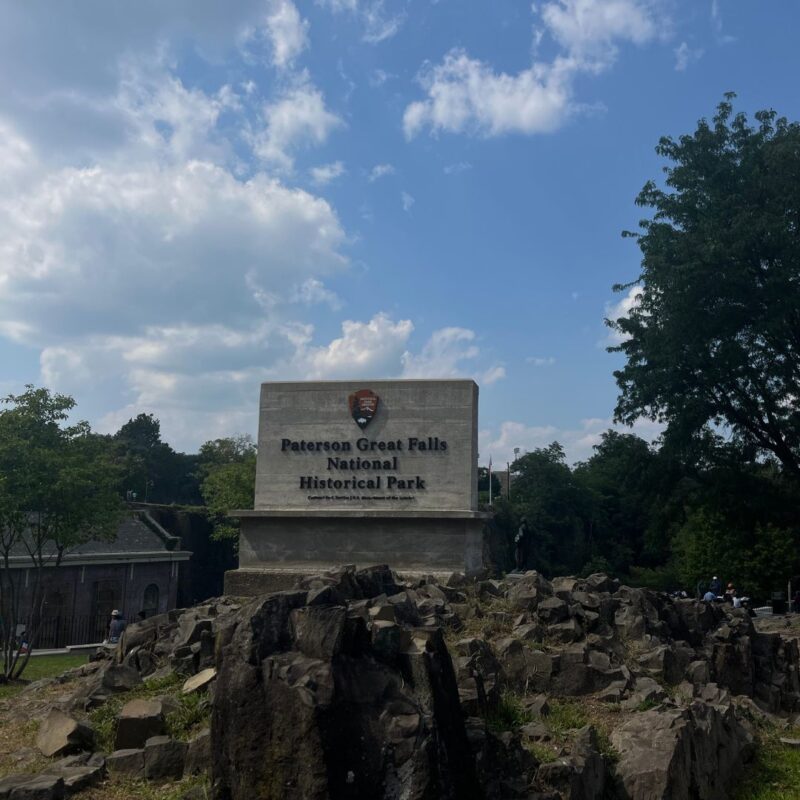
In the summer of 1778 and after their victory at the Battle of Monmouth, General George Washington picnicked by Paterson Great Falls with the Marquis de Lafayette, Alexander Hamilton, and James McHenry. Alexander Hamilton was so impressed by this site and the potential the waterfall could provide that he later selected it as the nation’s first industrial city. In 1791, he chartered the Society for Establishing Useful Manufactures (S.U.M.) to achieve his dream of an industrial city. He also commissioned Pierre Charles L’Enfant, the same man who designed Washington, D.C., to design a system of canals to supply the power for the watermills in the area.
In 1812, the Falls became the site of the first continuous roll paper mill in the state. The use of the Falls for industry helped propel Paterson forward and earned it the nickname the Silk City. MG suggests picnicking at this spot just like some of the Founding Fathers did almost 250 years ago. Visitors will find statues, parking, and connections to the Morris Canal and Mary Ellen Kramer Park. Just a short walk from here is the Paterson Museum, open weekdays from 9:30AM to 4:30PM.
Westfield Presbyterian Church | 140 Mountain Avenue, Westfield
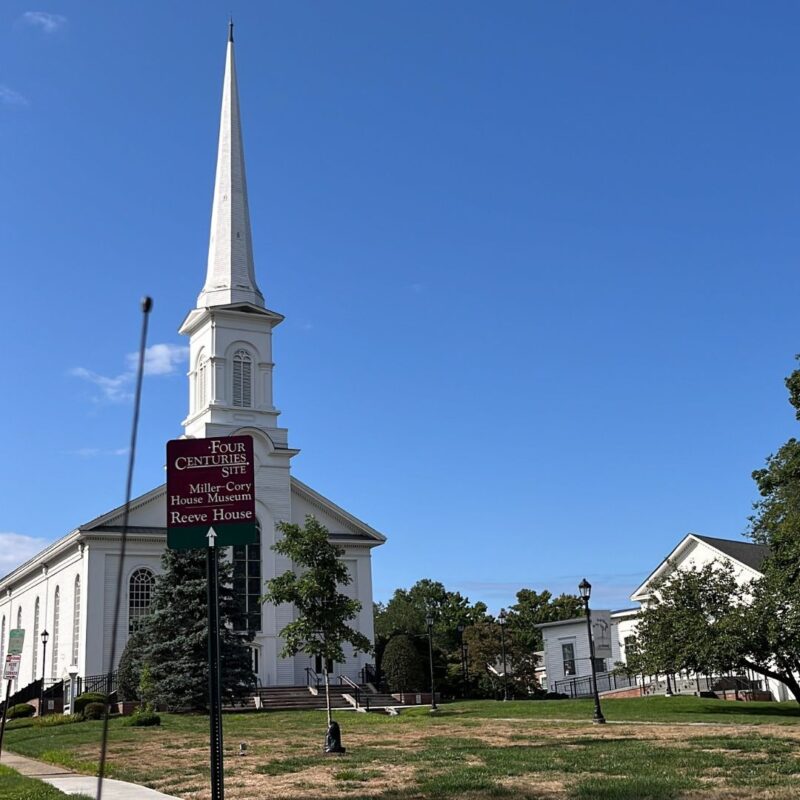
Although not the original structure, the Westfield Presbyterian Church and its community played an important role in the American Revolution. The congregation, which was established in the 1720s, rebuilt the structure we see today during the early Civil War. During the Revolutionary War, the church pastor Reverend Benjamin Woodruff was a staunch patriot and protector of his community. On June 26th, 1777, he rang the church bell to warn the area that roughly 14,000 British troops were fast approaching. Later, he rang his parish bell on June 23rd, 1780, to provide yet another warning of British encroachment. This time, the British soldiers climbed the tower and flung the bell to the ground.
Legend states that the bell was taken by the British to Staten Island, where a prisoner from the Westfield area heard it ringing and knew just where it was from. In time, the bell was returned. Adjacent to the church is a graveyard, and within is the final resting place of at least 73 soldiers who served in the American Revolution. MG suggests checking this site out and imagining what life was like during the war. Ponder on the importance of the Reverend Benjamin Woodruff’s actions, how the bell protected the community, and how emergency alerts have evolved over the last 250 years.
See More: Stevens Park: The Little Hoboken Park with a Big History
White Oak Ridge Cemetery | Parsonage Hill Road + White Oak Ridge Road, Millburn
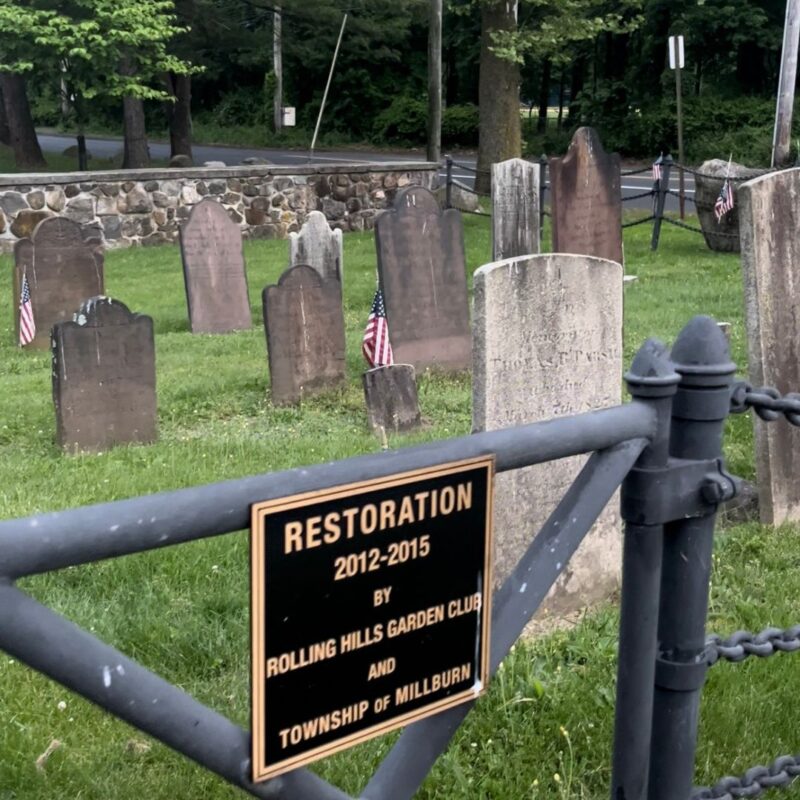
The White Oak Ride Cemetery is the final resting place of at least 35 individuals. The small family cemetery also contains the remains of two Revolutionary War soldiers. Brothers, Captain Thomas Parcell and Nicholas Parcell, died in 1778 and 1780, respectively. Thomas was wounded at the Battle of Connecticut Farms. He was brought home and later passed from his injury. His home was located nearby at present-day 423 White Oak Ridge Road, but was razed in March 2011.
In 1957, the cemetery was restored by the Short Hills Chapter of DAR and the Millburn Shade Tree Commission. It was restored again between 2012-2015 by the Rolling Hills Garden Club and the Township of Millburn. In 2018, Aleksia Kulp of Girl Scout Troop 20491 completed a research project on those buried here. Across from the cemetery is the Parsil House which has a parking lot. MG suggests parking here and walking across the street to check out the cemetery. The cemetery is also close to the Millburn Municipal Pool and MG suggests members walk over to the cemetery and check it before or after a dip in the pool.

